Frequency range: 26.5- 28MHz SWR: ≤1.2:1 Max. power: 35W continuous 250W Short time Bandwidth at S.W.R. 2:1: 1900KHz Impedance: 50ohm Whip length: 1200mm Adjustment: 0~90° Cable Length: RG58/157" Po...
See DetailsHow to design and optimize CB Antenna to improve its performance in multi-band operation?
In today's communications field, the performance of CB Antenna is crucial. Especially under the demand of multi-band operation, how to design and optimize CB Antenna has become a key issue.
First of all, the selection of materials is the basis for designing and optimizing CB Antenna. For the conductor part of the antenna, materials with good conductivity, such as copper or aluminum, should be selected. These materials can effectively transmit signals and reduce signal loss. At the same time, the insulating part of the antenna also needs to select high-quality materials to ensure the stability and reliability of the antenna. In multi-band operation, the requirements for materials for signals of different frequencies may be different, so they need to be selected according to the specific frequency range.
Secondly, the size and shape of the antenna have an important impact on its performance. When designing a CB Antenna, the wavelength and frequency characteristics of different frequency bands need to be taken into account. Generally speaking, the length of the antenna should correspond to the wavelength of the received or transmitted signal to achieve the best signal transmission effect. For multi-band operation, an adjustable length antenna design can be adopted, or a combination of multiple antennas of different lengths can be used to cover different frequency ranges. In addition, the shape of the antenna can also affect its performance. For example, helical antennas and whip antennas have different characteristics at different frequencies, and can be selected according to actual needs.
Furthermore, the design of the matching network is the key to optimizing the performance of the CB Antenna. The matching network can match the antenna with the transmitter or receiver to ensure the effective transmission of the signal. In multi-band operation, it is necessary to design a matching network that can achieve good matching at different frequencies. This can be achieved by using components such as variable capacitors and inductors to adjust according to different frequencies. At the same time, the design of the matching network also needs to take into account the impedance characteristics of the antenna to ensure that the reflection of the signal is minimized.
In addition, the installation location and environment will also affect the performance of the CB Antenna. When choosing the installation location, try to avoid being close to metal objects, buildings and other objects that may interfere with the signal. At the same time, the height and direction of the antenna also need to be considered to ensure that the best signal reception effect can be obtained. In different environments, such as cities, mountains, oceans, etc., the performance of the antenna may be different, so it needs to be adjusted and optimized according to the actual situation.
Finally, testing and adjustment are important links in the design and optimization of the CB Antenna. After completing the design and installation of the antenna, rigorous testing is required to ensure that its performance meets the requirements. The test can include signal strength test, frequency response test, etc. According to the test results, the antenna can be adjusted and optimized, such as adjusting the length of the antenna, the parameters of the matching network, etc., to improve its performance in multi-band operation.
Designing and optimizing the CB Antenna to improve its performance in multi-band operation requires comprehensive consideration of material selection, size and shape, matching network, installation location and environment, and test adjustment. Through scientific and reasonable design and optimization, the CB Antenna can perform better in multi-band communication and provide users with more stable and reliable communication services.

 English
English Español
Español
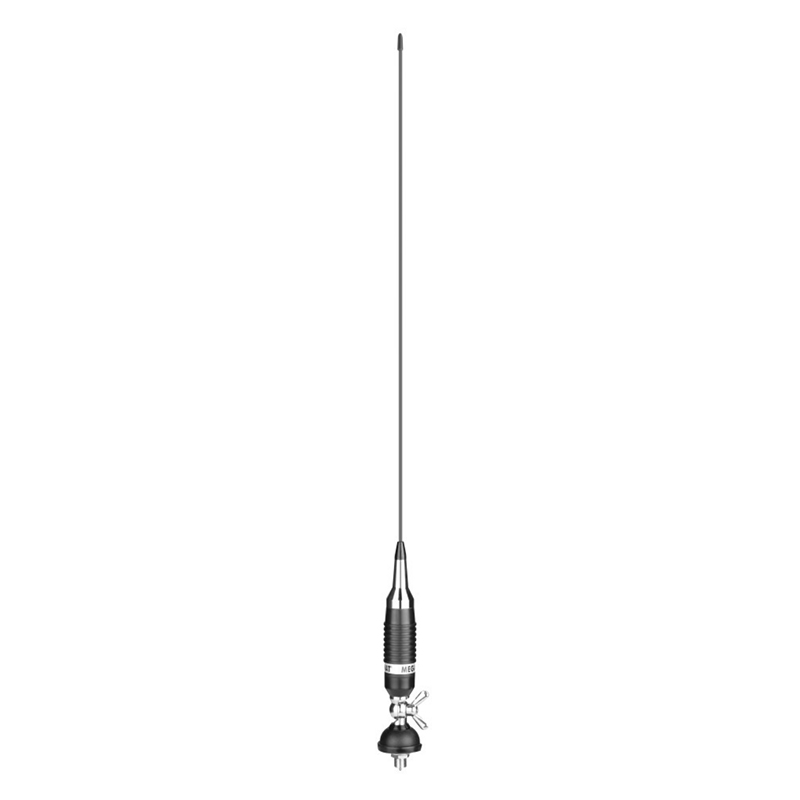
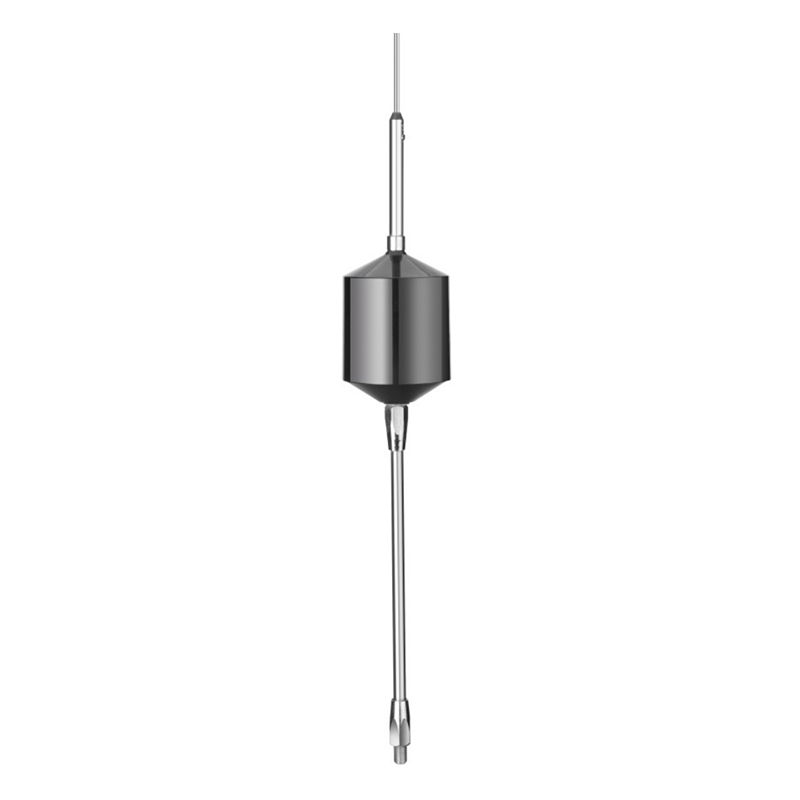

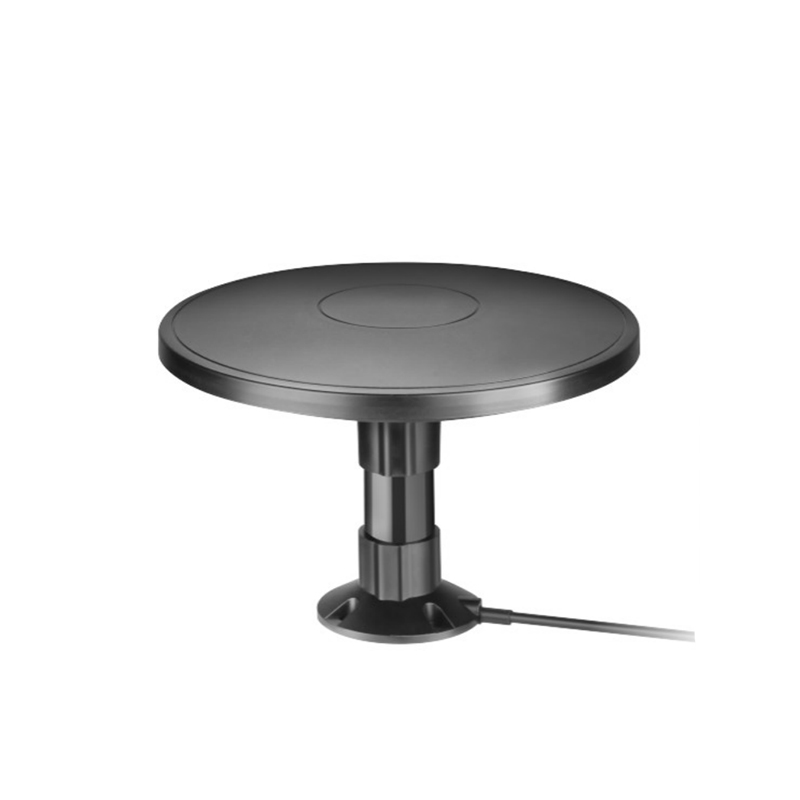
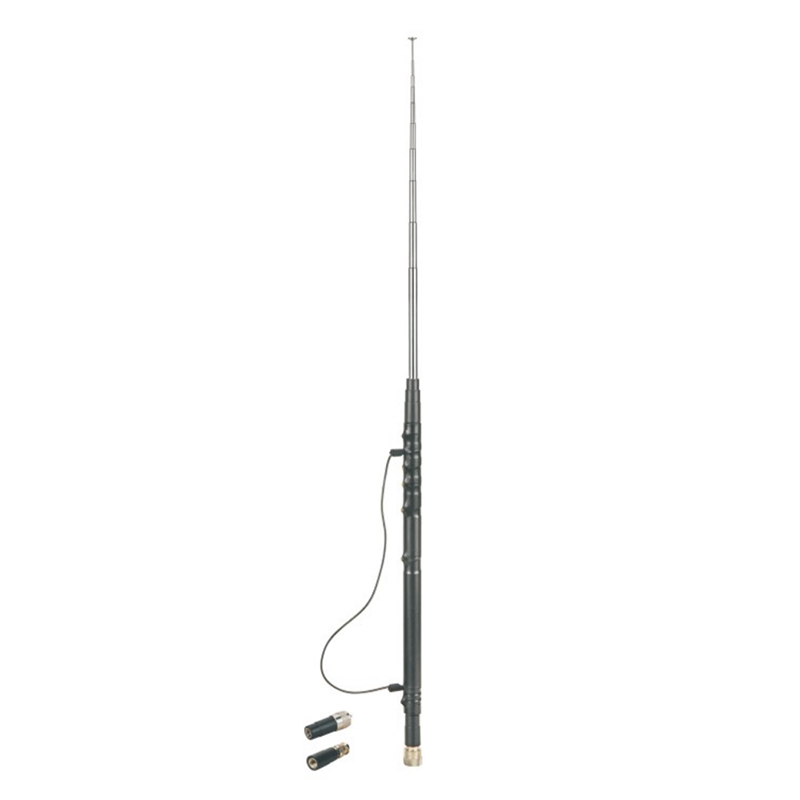

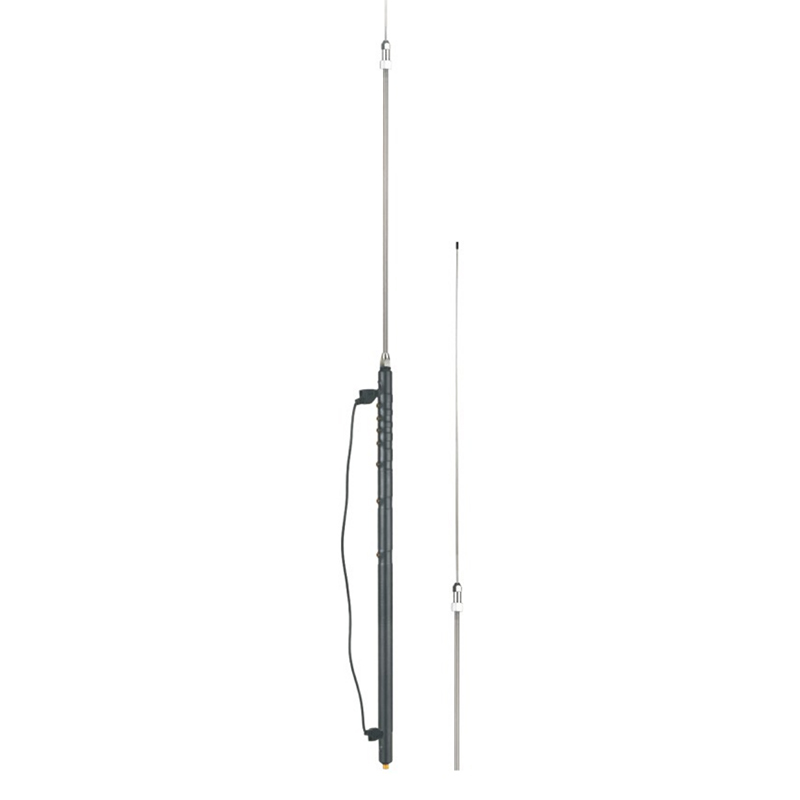
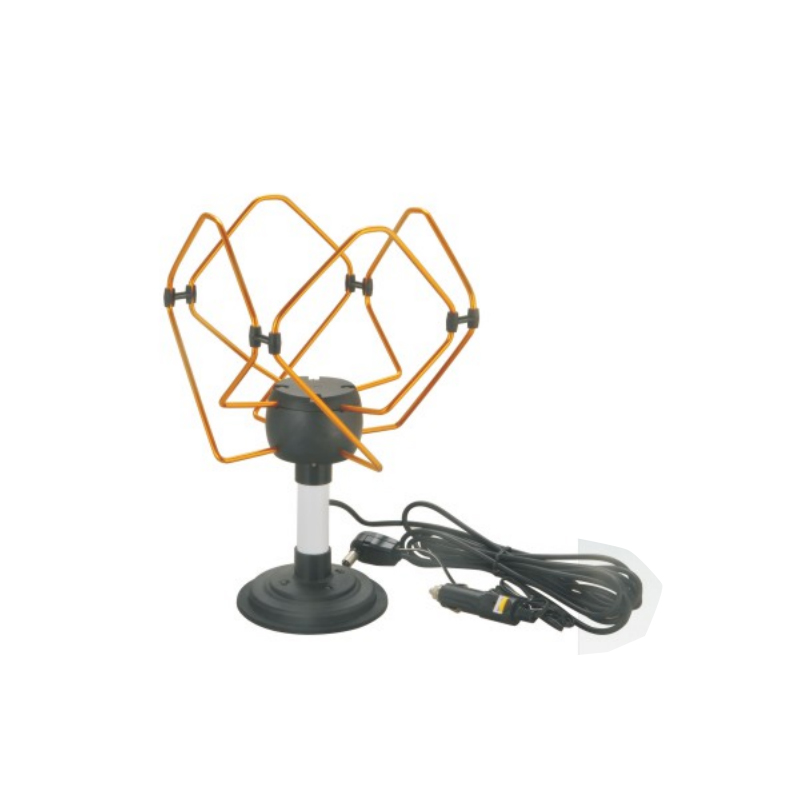
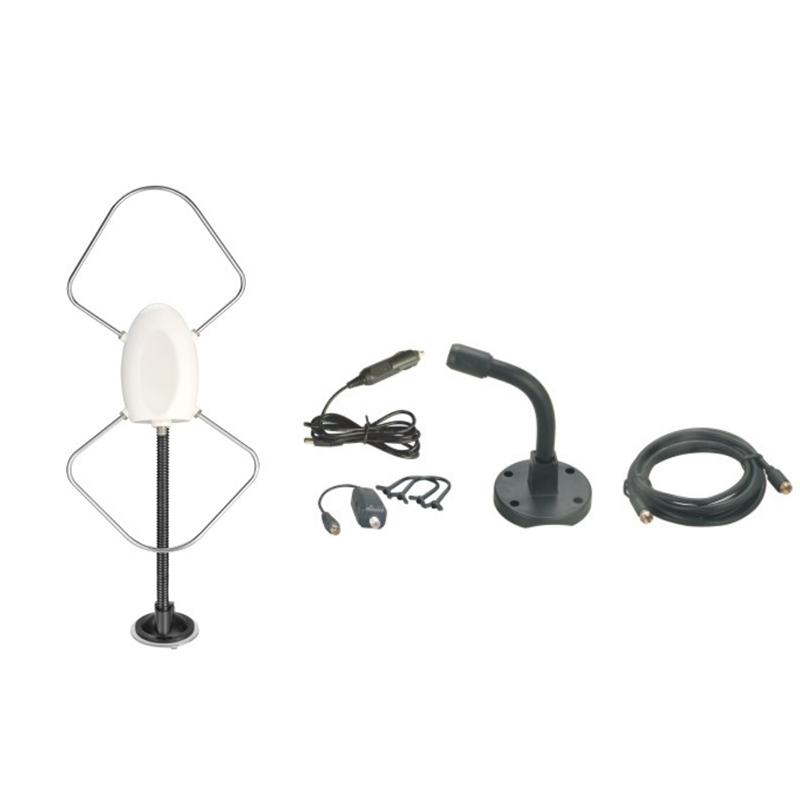
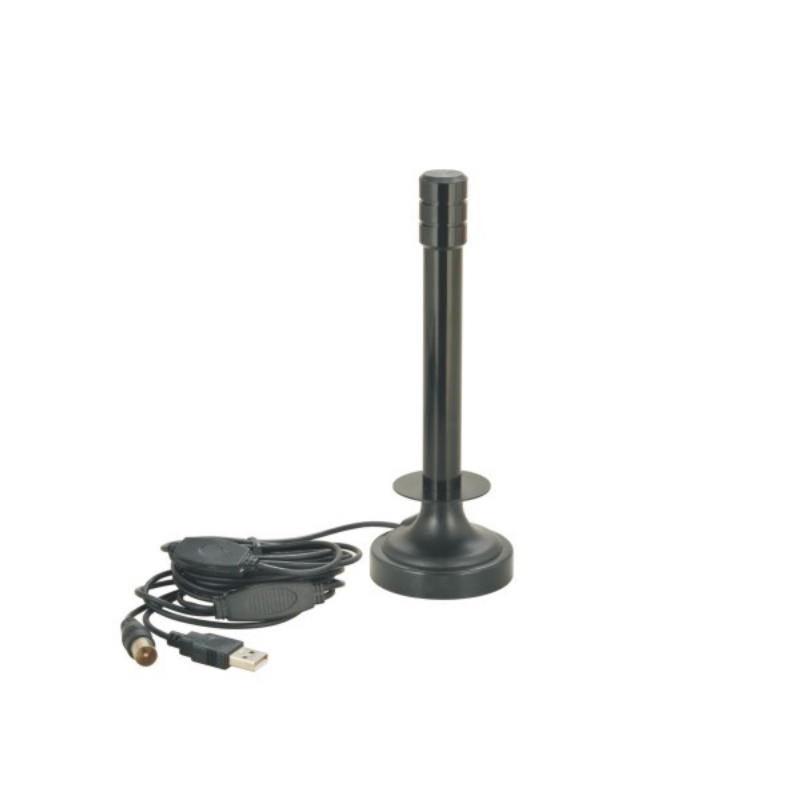
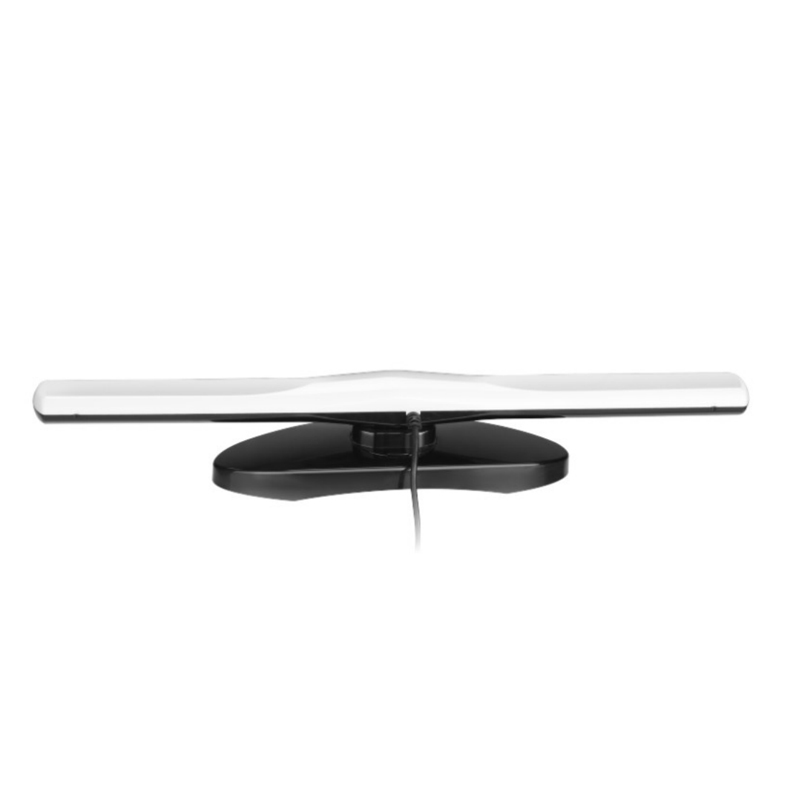
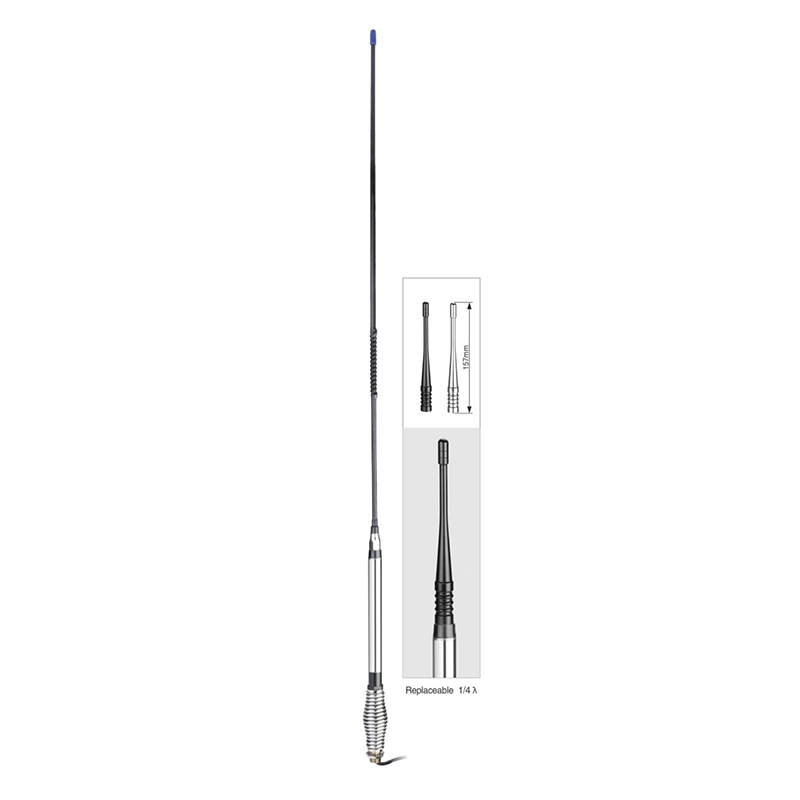

Contact Us